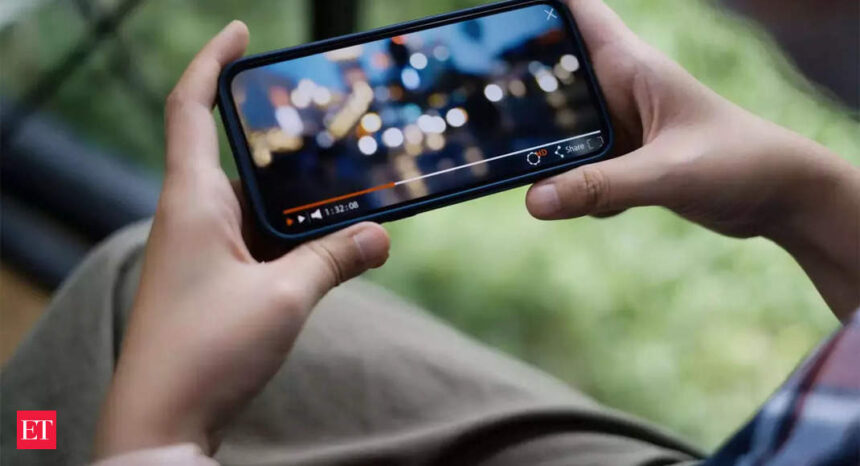The Department of Telecommunications (DoT), Ministry of Information and Broadcasting (MIB) as well as IIT-Kanpur are working on the details, government officials aware of the matter said.
The telecom operators, however, are likely to strongly oppose the proposal as it will eat into their data revenue, most of which comes from video consumption, and hurt their 5G business case.
“We are exploring the feasibility and the final decision will be taken after meeting all the stakeholders, including the telecom operators,” one of the officials told ET, asking not to be named.

A meeting on the issue is planned for next week, which is likely to be attended by officials from DoT, MIB, IIT-Kanpur as well as representatives from the telecom and broadcast industry.
Officials said the government’s belief is that there should be convergence for delivering content through broadcast and broadband, particularly with the launch of 5G.
Currently, the reach of TV is limited to around 210-220 million homes but there are around 800 million smartphone users in the country, which is expected to reach 1 billion by 2026. As per reports, over 80% of internet traffic is video, which makes the mobile a perfect candidate for broadcast delivery along with TV.
The addressable market is huge, and the government wants to utilise this for content delivery, particularly educational and other necessary content like emergency alert systems etc, one of the officials said.
In fact, IIT-Kanpur last year came out with a white paper on the D2M broadcast and 5G broadband convergence road map for India. As per the paper, the converged D2M network will enable users to access unlimited video and data content at a nominal fixed monthly price without having to rely on costly and often unreliable mobile broadband networks.








